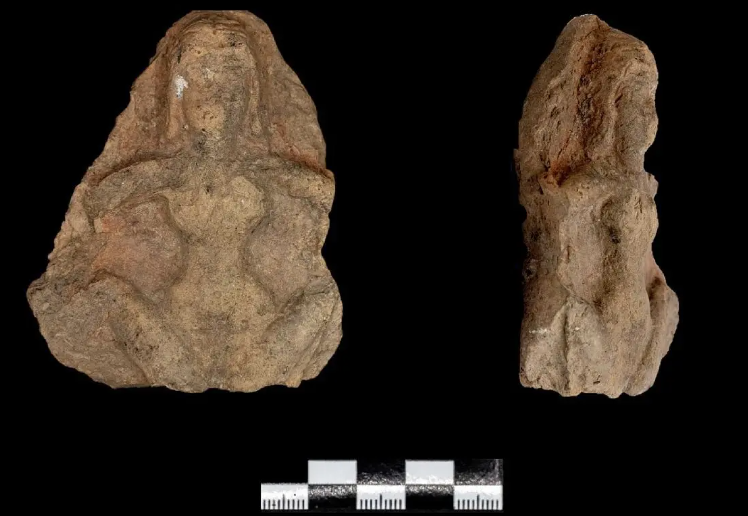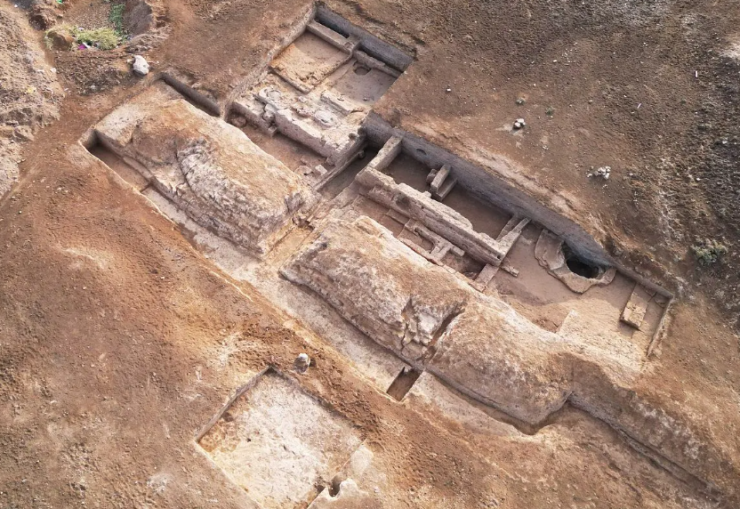Archaeologists have made new discoveries in the Iraqi city of Tell Muhammad after two months of intensive research.
The Baghdad Urban Archaeological Project, headed by the University of Catania and its Department of Humanistic Sciences, and supported by the Ministry of Foreign Affairs and International Cooperation, propose that the city’s origins actually date back to the early Paleo-Babylonian era, also referred to as the age of Hammurabi.
According to historical texts discovered at Tell Muhammad, the city was abandoned at the fall of Babylon in 1595 BC, which was orchestrated by the Hittite monarch Mursili I.
The excavation campaign’s main goal was to uncover the complex network of water management and defenses that defined the northeastern edge of the city. A portion of the surrounding wall that marked the boundary of a canal or possibly a river port along the Tigris River was discovered by the researchers during the course of these digs.
The entry led to a complex system that included a stairway that led to a large raised terrace with an adjacent tower, as well as a canal that was part of the city’s extensive sewerage system. The terracotta pipes and internal support system of the sewer canal are made to accelerate the flow of wastewater. A tower was located at the top of the stairway, and in the outside area was a cistern that was originally intended to collect water but was later utilized as a ditch for drainage.



Excavations conducted inside the city walls also revealed buildings related to bread and grain processing, as well as ovens used for more than one function, such as bitumen liquefaction, which is necessary for water management and vessel waterproofing.
One notable discovery is a sacred site containing an altar and tombs dedicated to the cult of ancestors known in Babylon as the “kispum”, as recorded in contemporary cuneiform texts. Underneath the area is a latrine.
Three priceless cylinder seals with administrative purposes were discovered beside the distinctive Paleo-Babylonian pottery forms. These seals feature imagery and writing typical of that era. In addition to these seals, ceramic votive plaques with female imagery, models of beds associated with sacred marriage, and figurines of musicians were uncovered, all of which represent components of the Babylonian tradition dating from the early second millennium BC.
We respect all traces left by our ancestors and our past, regardless of their location. We have all watched the deliberate destruction of Iraq’s cultural heritage. Despite all this, we are all happy that history is still flowing out of the region. We look forward to the continuation of the archaeological excavations and to see the excavation findings.
